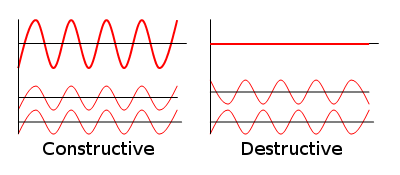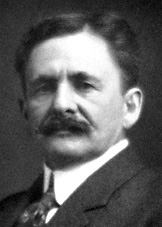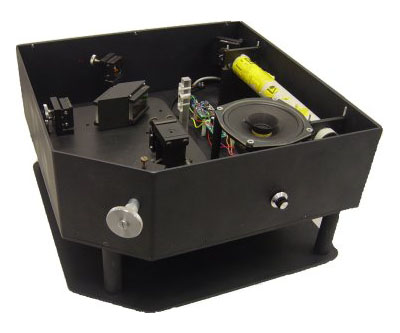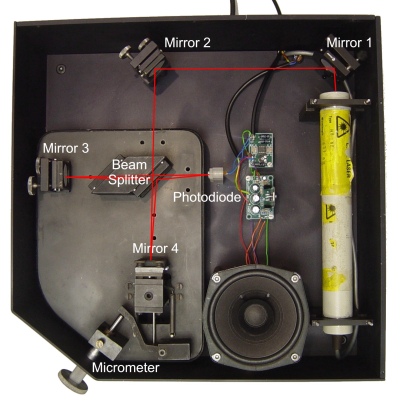Basic Interferometry:
(Based on a summer student project done by Steven Johnsen and Paul Fulda 2007)Introduction
|
When light beams are separated and brought together one of the beams will usually have a phase change with
respect to the other beam. This phase can be measured by looking at the interference of the two beams.
A simple example of this is the
The experiment always measured the same speed of light, thus disproving the existence of the aether.
This lead to the postulate that the speed of light is constant and thereby the creation of
the Special Theory of Relativity.
A part of the teaching of interferometery was a student project to build a Michelson interferometer.
The purpose of the interferometer was as to create a teaching aid and a display to explain the interference of light.
The interferometer can be used to measure the variation of the position of one of the mirrors. The frequency of the
sound it emits when the handle is turned is equal to the frequency with which the interference fringes at the
photodiode change as the mirror is moved.
The interferometer works by splitting a laser beam into two beams, reflecting them back of two mirror and then recombining
the beams again with the same beam splitter. If the distance they have traveled is not the same,
their relative phase will non-zero.
If this phase is equal to a integral multiple of wavelengths then the beams will interfere constructively,
if the phase is equal to an integral multiple plus one half a wavelength, then they will interfere destructively.
When the micrometer wheel is rotated, mirror 4 moves, changing the distance one of the beams has to travel.
By moving the wheel very slowly one can observe how the light on the photodiode changes between bright and dark,
illustrating the constructive and destructive interference respectively. If you move the wheel quickly the rate
of change between the states becomes very fast. The signal from the photodiode is amplified and played through the
speaker. If you turn the wheel fast then some sound will be heard;
the frequency of the sound will be the same as the rate of change between the dark and bright states.
If you spin the wheel faster a higher frequency will be heard.
|
 Light has both particle and wave characteristics. It transfers energy like a particle but propagates like a wave.
Light has both particle and wave characteristics. It transfers energy like a particle but propagates like a wave.
 Albert Michelson was awarded the
Albert Michelson was awarded the 
